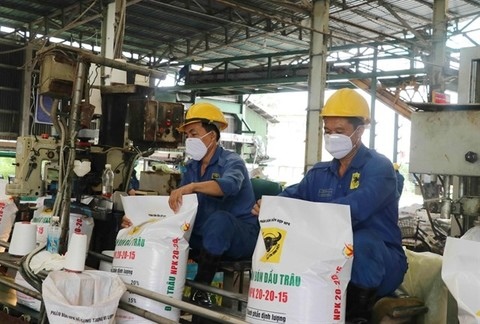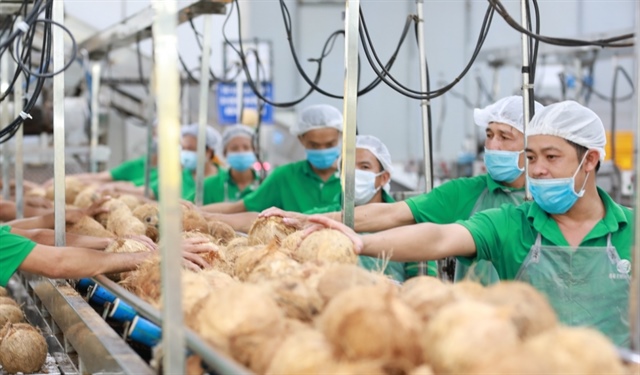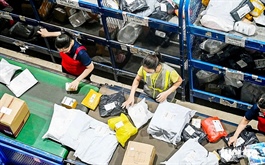Amended chemical law reduces administrative procedures
Amended chemical law reduces administrative procedures
The draft revised Law on Chemicals will reduce administrative procedures and simplify processes to ensure consistency of the legal system.

A fertiliser production factory. The chemical industry shows a growth rate of 10-11 per cent each year. — VNA/VNS Photo |
That is one of the new points of the draft of the law released by a representative of the Department of Chemicals, Ministry of Industry and Trade at a workshop on the amended law and a strategy for the development of Việt Nam's chemical industry, held in Hà Nội on October 28.
The draft of the amended law stipulates 12 groups of administrative procedures, including four new groups and six groups of amended and supplemented administrative procedures.
Meanwhile, the draft has two groups of unchanged administrative procedures and nine groups of existing administrative procedures which will be abolished.
Deputy Director of the Department of Chemicals - Ministry of Industry and Trade Phạm Huy Nam Sơn, said the Law on Chemicals was effective from July 1, 2008, creating an official and unified legal corridor for chemical production, trading and using activities.
However, according to Sơn, the current legal system has changed substantially and many new laws have been issued, while others have been amended and supplemented.
In addition, from 2008 until now, Việt Nam has joined many new generation free trade agreements and a number of new international conventions and treaties on chemical management.
Therefore, some provisions in the Chemical Law are no longer suitable for the actual situation and need to be amended and supplemented.
Amending this law is necessary, aiming to ensure the synchronisation and unity of the legal system, to overcome some shortcomings of the existing law and to be suitable for international commitments that Việt Nam participates in.
Nguyễn Thị Thêu from the Division of Chemical Industry Development, Department of Chemicals, said the chemical industry accounted for 2-5 per cent of the GDP of the entire industrial sector and showed a growth rate of 10-11 per cent each year.
The industry had a lot of potential to develop, but it was still below what could be achieved, so amending the chemical law was necessary to promote its development in the future.
At the workshop, the representative of the Department of Chemicals also gave other details about new points of the draft, including special incentives and support for investment projects in the key chemical industry sector, redesigning of the synchronous chemical management system and supplementing regulations on the management of hazardous chemicals in products.
According to Sơn, together with amending the Law on Chemicals, the Government assigned the Ministry of Industry and Trade to develop the strategy for the development of Việt Nam's chemical industry to 2030, with a vision to 2040, aiming at promoting the development of the chemical industry in a more sustainable and environmentally friendly direction.
This strategy focuses on four issues, including development of the chemical industry as a modern industry, focusing on a number of key sub-sectors such as essential chemicals, petrochemicals, rubber, pharmaceutical chemicals and fertilisers.
The industry will develop manufacturing plants with advanced technology and gradually eliminate small-scale manufacturing facilities with outdated technology, poor product quality and those causing environmental pollution.
It will form industrial parks, clusters, chemical complexes and logistic centres in locations with large enough land funds, far from residential areas, near deep-water ports and with convenient traffic connections.


























